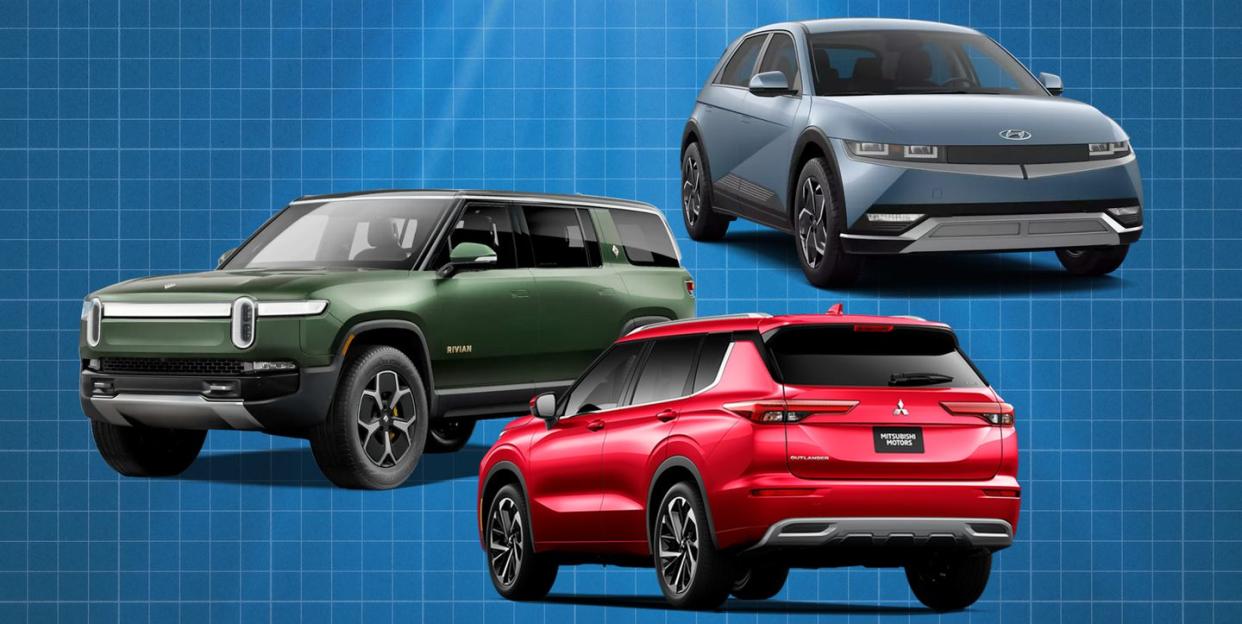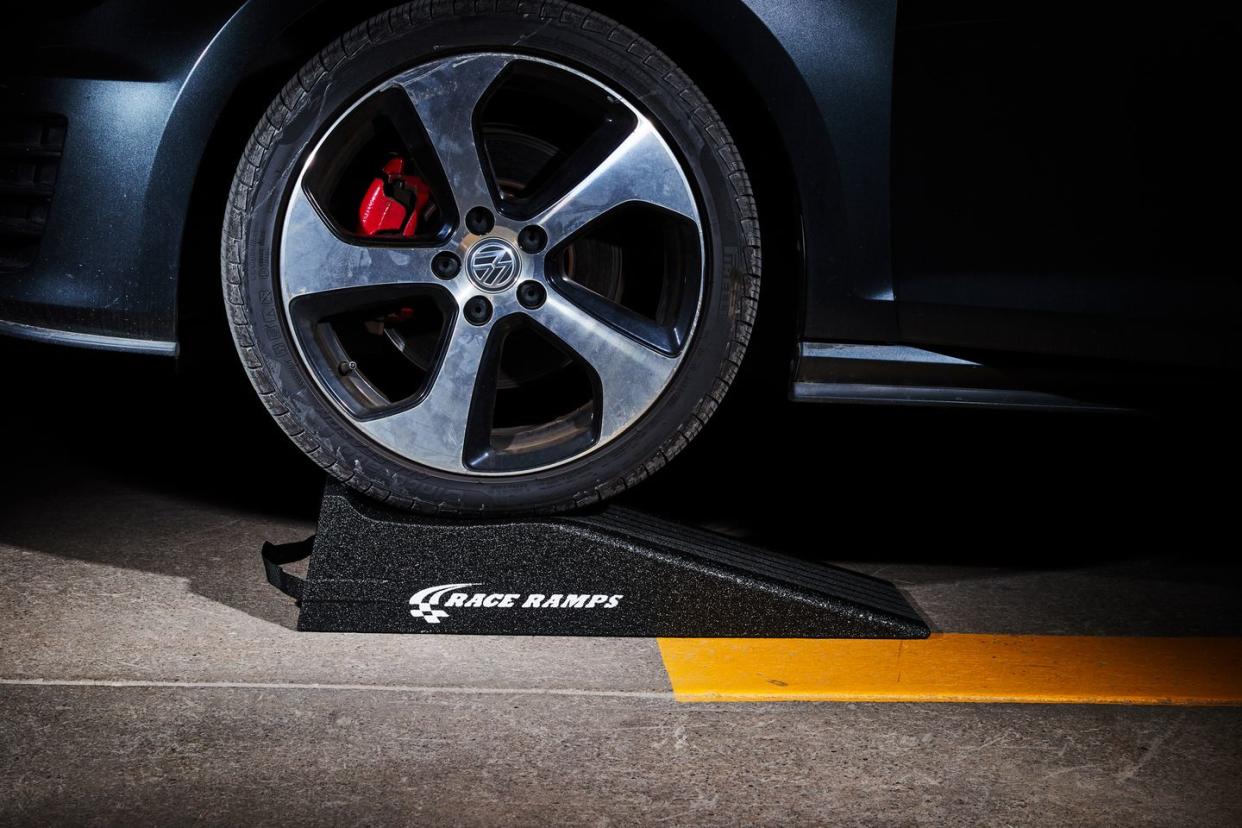Automotive Design Isn’t Dead—Here’s Why

You’ve probably seen this monochromatic image being tossed around if you’ve recently been following the automotive Twitterverse. It’s playing off of the idea that we live in a homogenized world, therefore suggesting that automotive design is dead. And I’m here to tell you why that tweet is complete and utter nonsense.
Design is dead. pic.twitter.com/7gzQH7jkzq
— CarDealershipGuy (@GuyDealership) November 27, 2022
Sure automakers have their hands tied when it comes to maintaining crash-test standards and a design philosophy that satisfies the greatest number of prospective buyers. However, even today, car design is not homogenized to the level that this tweet purports. Looking at the image, it’s immediately clear that some level of editing has been done to make the claim.
Why It's Nonsense
Colors Have Been Discarded
The images of all 23 SUVs and Crossovers shown facing left have clearly been tinkered with to take away color or contrast, making them appear extremely flat. You’ll notice that, along with the paint being stark white, the headlights and taillights have also been greyed out similarly.
It’s also clear to see that the wheels have been rendered out. While that may seem insignificant, wheels are an extremely important element car designers can use to make their vehicle stand out from the crowd—just look at the wheels on Volkswagen’s GTI as an example; I could write a whole article about the evolution of wheel trends. Regardless, these missing features leave much less visual information for us to process.

Wheelbases Have Been Homogenized
After staring at this image for long enough to feel like I made myself cross-eyed, I noticed something fishy was happening with the wheelbase of each vehicle. They’ve all been tweaked to be roughly the same size!
Don’t believe me? Take Volvo’s XC90 for example. It has a wheelbase of 117.5 inches. Compare that to the much smaller Mitsubishi Outlander Sport on the list which has a wheelbase of 105.1 inches—that’s a difference of roughly a foot. Both vehicles appear to have exactly the same wheelbase in the image!
Looking at the specs for all of these vehicles also made me realize that all of the contenders in this image have been specifically selected for their relatively amorphous shape. If we’re talking SUVs, why not include much bigger brutes like the Chevy Suburban or even a four-door Ford Bronco? Sure, they’re a bit boxy, but the Bronco is actually one of the best-looking vehicles I’ve seen this year. Or even if you want to go electric, look at the Rivian R1s.
Similarities in Other Eras
If we take the designer’s charge at face value and take his word that design is dead, we could apply the same logic to really any era of automotive design. Take for example the 1970s. I’m a big fan of that era’s International Harvester Scout 2—in my eyes, it’s one of the best-looking SUVs ever made. However, compare it to the Ford Bronco, Chevrolet Blazer, and Dodge Ramcharger of that era and you don’t really have to squint very hard to make them all look similar.
One quick look at the 3/4 shots of the SUVs above disproves the designer's argument of similarity being the death of design. Even today, there are fairly outlandish SUVs like Hyundai’s Ioniq 5—with its seemingly cyberpunk inspiration—along with Hyundai’s Kona crossover. You can not only find differentiation between the two vehicles but also genuinely good design.
We understand that Twitter is a space for conversation and debate—and it’s not lost on us that this image proved to be a very successful conversation starter. However, it has next to no validity and should be treated as such.
You Might Also Like
